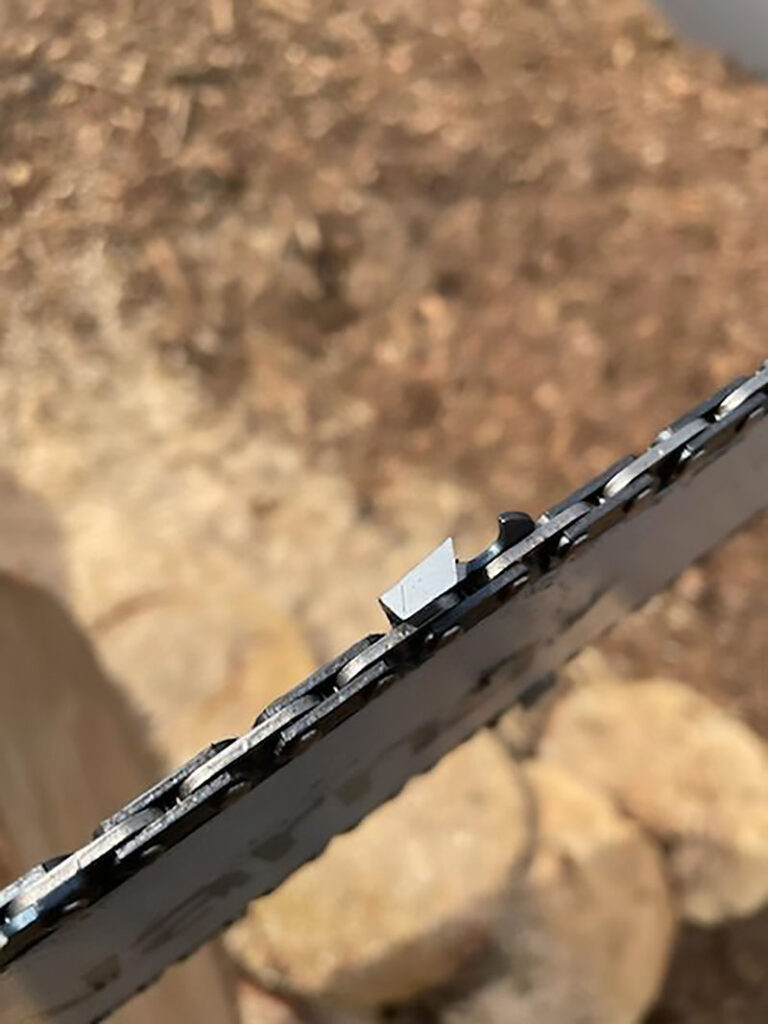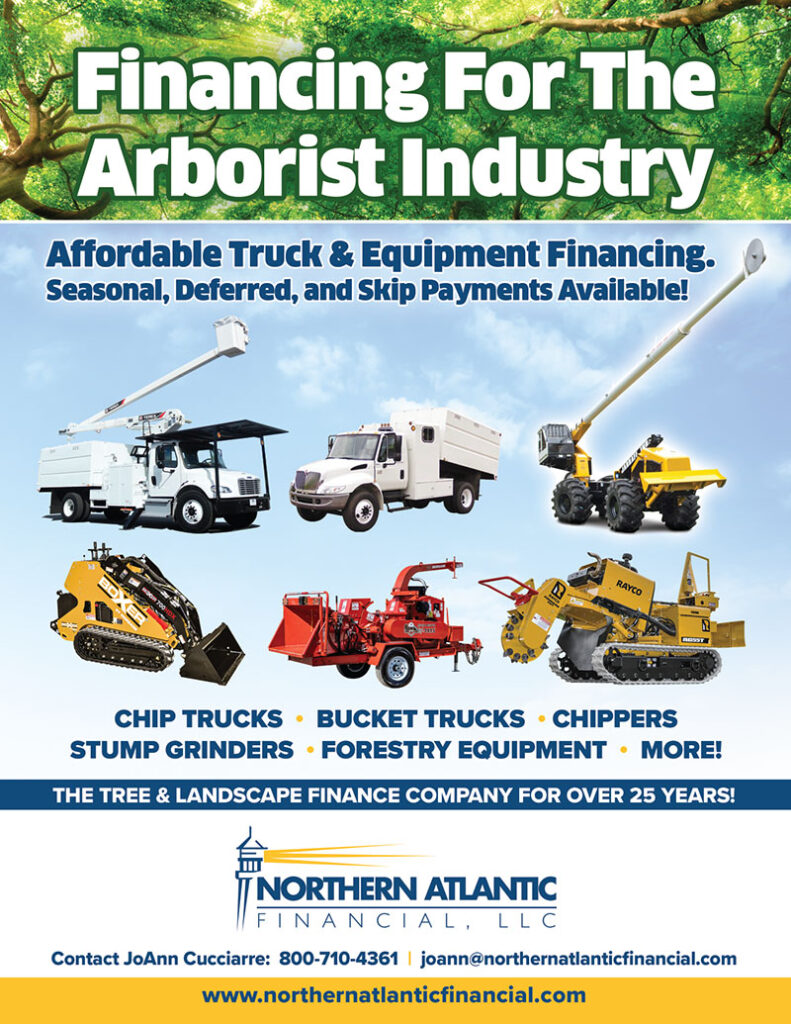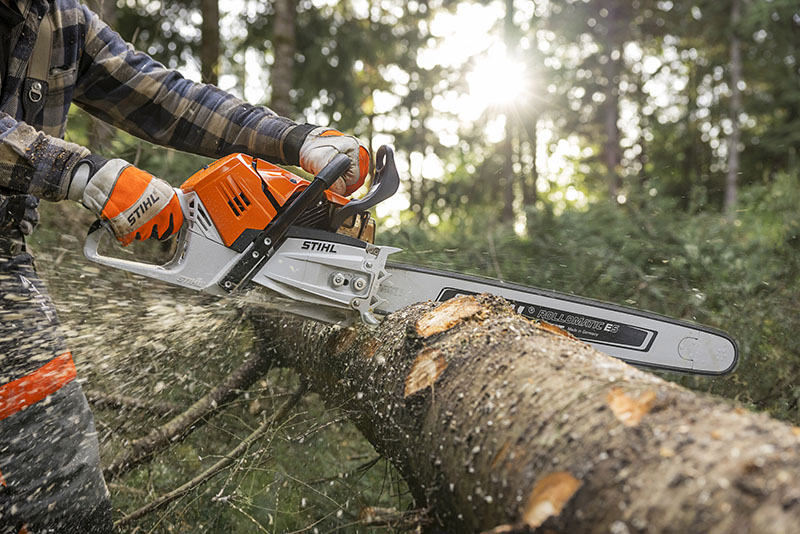The Importance of a Sharp Chain for Chain Saw Operation
We’ve all heard the saying that a sharp knife is a safe knife and a dull knife is a dangerous knife. What about your chain saw chain? Can a dull chain make your life harder and make it more difficult to complete cuts? Or, does a dull chain actually significantly impact production efficiency and safety? Let’s dive a little deeper into it.
Worker fatigue
A dull chain contributes to worker fatigue in many ways. First of all, a dull saw cuts poorly and is working against you. It pushes back, causing you to force the saw to make it cut. You should never have to force a saw or pretend it’s a handsaw.
Fatigue also affects your mindset and decision-making ability, which can lead to complacency. For example, a tired climber is less likely to want to climb higher to get the proper tie in point to have a good rope angle. That same climber may decide to cut the limb where he is at instead of where it should be cut at the tip due to fatigue. Overall, fatigue will lead to complacency and an increased risk of injuries and taking shortcuts.

Quality of the dust and chips
Many people don’t realize that a dull chain produces a fine sawdust. Your saw should be producing chips, not dust. Chips are too big to get into the saw. Dust, on the other hand, can get in just about everywhere and cause several issues.
Perhaps most obviously, it will clog the air filter and may eventually enter the engine. But it doesn’t stop at the air filter. It sticks to the saw body, air filter, fins, bar, chain, sprockets and bar-oil holes and impedes the function of all moving parts. It also sticks to your body and can become a respiratory irritant.
Excessive heat on the saw, bar and chain
Dull chains create friction, and friction creates heat. Heat creates a host of preventable problems. Hot chains dull easier, and they stretch. Heat can also cause the bar to warp. Excessive heat will lead to the bar-tip sprocket mushrooming and splitting.
The fine sawdust caused by a dull chain will eventually pack into the tip of the bar resulting in the bar tip sprocket seizing up. Excessive heat encourages dirt and debris to stick to your flywheel fins, which are essential for your saw to breathe. You will also experience excessive wear on the guide-bar rails which will lead to premature bar replacement. All of this overworks the saw which can lead to the engine overheating and catastrophic engine failure.

Executing the cut
While executing any type of cut, from a face notch to a back cut, a dull chain makes it harder to match up your cuts. This is due to the forces on the saw causing the pitch or direction of the bar to change instead of just following the path of the chain. This can also cause excessive wear on the guide-bar rails, causing you to throw or jump chain more often. Sometimes, speed in executing the cut is really important.
Let’s take a look at a tree with a heavy forward lean. This type of tree has an increased risk of experiencing a barber chair (a vertical split at the location where compression wood meets tension wood). If we choose a conventional back cut, a dull chain won’t be able to cut fast enough to keep up with the hinge wood. This will cause the tree to prematurely fall with too much holding wood still present, leading to the trunk splitting vertically (barber chair). The potential for a barber chair is why it’s recommended to use a bore cut on heavy-leaning trees.

With the bore cut, your holding wood is protected and enables you to set up a “trigger” so you can better control the timing of the fall. However, performing a bore cut properly with a dull chain is going to be very difficult. Because the cutters aren’t cutting, you will develop increased “chatter” (rapid vibration) and an increased chance of kickback. It’s also important to understand that with a bore cut, you must be fully committed to execute the cut on full throttle, which is very difficult when your saw is chattering due to a dull chain.
Impact on efficiency and safety

A dull chain impacts our work efficiency and safety in subtle ways. A dull saw will burn through more gas and oil, resulting in more frequent stops to refuel. A dull saw requires the operator to stay on the stump longer. The longer you’re at the stump, the more time there is for something to go wrong. Put another way, the less time we are on the stump the safer we are.
The 90/15/5 rule and it states that 90% of tree-felling accidents happen within the first 15 feet of the stump within the first five seconds of the tree falling over. Knowing this, it is best for an operator to be 16 feet or more away from the stump within those critical five seconds.
A sharp chain should be considered a safety feature. The saw should be working for the operator, not against them. In short, having a sharp chain significantly impacts safety, worker health, quality of work and production efficiency.
About the Author

Tanner Bartee is a first-generation arborist from Clintwood, Virginia. He is ISA Certified, an NCCER Certified Crane Operator and Qualified Line Clearance Arborist. He shares his passion for the tree care industry as an instructor for Academy Trained.
